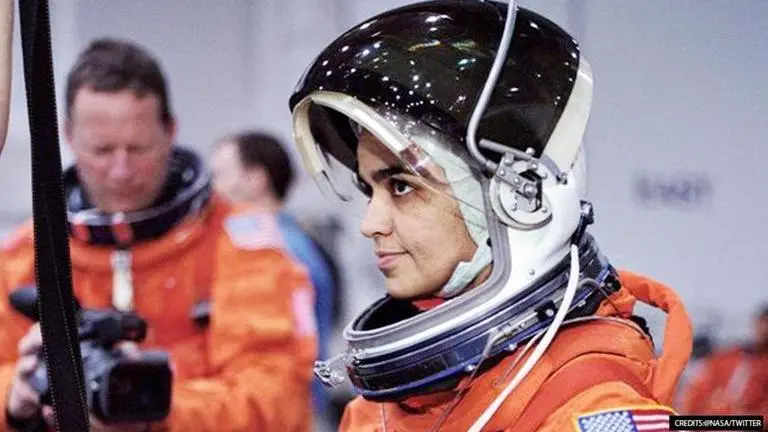Updated 9 September 2020 at 07:10 IST
Northrop Grumman names Cygnus spacecraft in honour of astronaut Kalpana Chawla
Northrop Grumman on Tuesday, September 8 has announced to name its next space station resupply ship after Dr. Kalpana Chawla- an astronaut of India decent.
- Tech News
- 3 min read

Northrop Grumman on Tuesday, September 8 has announced to name its next space station resupply ship after Dr. Kalpana Chawla- an astronaut of India decent. The American aerospace company's next Cygnus spacecraft is named as 'S.S. Kalpana Chawla' that will be launched to the International Space Station.
"Northrop Grumman is proud to name the NG-14 Cygnus spacecraft after former astronaut Kalpana Chawla. It is the company's tradition to name each Cygnus after an individual who has played a pivotal role in human spaceflight. Chawla was selected in honor of her prominent place in history as the first woman of Indian descent to go to space," Northrop Grumman said in a statement.
"Today we honor Kalpana Chawla, who made history at NASA as the first female astronaut of Indian descent. Her contributions to human spaceflight have had a lasting impact. Meet our next Cygnus vehicle, the S.S. Kalpana Chawla," Northrop Grumman tweeted.
Today, @NorthropGrumman named the next #Cygnus spacecraft launching to @Space_Station in honor of astronaut Kalpana Chawla, the first woman of Indian descent to go to space: https://t.co/ncUSaSaESd
— NASA (@NASA) September 8, 2020
Liftoff is targeted for Sept. 29 from @NASA_Wallops. pic.twitter.com/Ss6ZoSZDbT
Liftoff targeted for September end
NASA's resupply contractor Northrop Grumman, further added, that the liftoff is targeted for September 29 from NASA's Wallops Flight Facility. The S.S. Kalpana Chawla will be launched into orbit from Virginia Space's Mid-Atlantic Regional Spaceport (MARS) Wallops Island, Virginia, the company said. The Cygnus spacecraft will deliver approximately 3,629 kg (8,000lb.) of cargo to the space station, it added.
Advertisement
Northrop Grumman will load important cargo into S.S. Kalpana Chawla (Cygnus spacecraft), 24 hours before the scheduled launch. Once the spacecraft arrives at the International Space Station, the cargo will be unloaded and when the spacecraft departs the station, S.S. Kalpana Chawla will host the Spacecraft Fire Experiment -V (Saffire-V) to study the behavior of large-scale fires in microgravity after which it will perform a safe, destructive reentry into Earth's atmosphere over the Pacific Ocean.
Advertisement
About Kalpana Chawla
Kalpana Chawla's path to becoming an astronaut began in Karnal, India as she knew that she wanted to be an aerospace engineer at an early age. She was inspired by watching the planes from the local flying clubs and by her father. She was known to her friends as "K.C." Chawla graduated from Tagore School, Karnal, India, in 1976 and received a bachelor's degree in aeronautical engineering from India's Punjab Engineering College in 1982.
Chawla later moved to the United States to go to graduate school at the University of Texas-Arlington, where she received a master's degree in aerospace engineering in 1984. She then moved to Boulder, Colo., to pursue a doctorate in aerospace engineering, which she received in 1988. Her work with NASA began in 1988 when she went to work for the Ames Research Center in California. Her job at Ames centered on powered-lift computational fluid dynamics, which involves aircraft like the Harrier.
Chawla returned as an astronaut candidate in December 1994 after a brief career outside NASA. Her first flight was STS-87, the fourth U.S Microgravity Payload flight, on Space Shuttle Columbia from November 19 to December 5, 1997. She returned to space on January 16, 2003, aboard Columbia for a 16-day research flight. The STS-107 crew conducted more than 80 experiments. Chawla and her six STS-107 crewmates perished on February 1, 2003, over Texas as Columbia was re-entering Earth's atmosphere.
(With ANI inputs)
Published By : Brigitte Fernandes
Published On: 9 September 2020 at 07:10 IST
